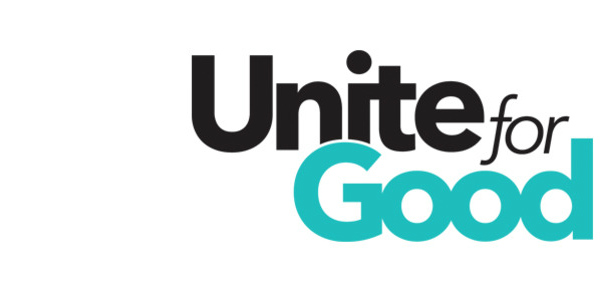“Unite for Good” to help members meet their savings goals

Thursday, October 17 is International Credit Union Day, and credit unions across the country will celebrate this year’s theme of “Credit Unions Unite for Good” as they work to establish credit unions as Americans’ best financial partner.
Credit unions have demonstrated their commitment to improving the lives of their members for generations—from the depths of the Great Depression to the financial meltdown of 2008. Members know that they can rely on their credit union for fairly-priced saving and lending products. With the economy slowly beginning to recover, the time is right for credit unions to partner with their members to address three very important financial concerns: saving for their children’s college education, paying for healthcare expenses, and saving for retirement.
The majority of Americans believe in the value of a college education, but only half of American families are saving for their children’s college education, according to “How America Saves for College 2013,” Sallie Mae’s National Study of Parents with Children under Age 18. This is down from 2010, when 60 percent of families were saving for their children’s college education. Sallie Mae’s study found that not only are fewer families saving, but those families that are saving, are saving less.
Credit unions can help members save for their children’s college education by offering Coverdell Education Savings Accounts (ESAs). These easy-to-administer accounts allow parents and other family members to contribute up to $2,000 per year towards a child’s college expenses. The contributions are not tax deductible, but distributions used for qualified education expenses are tax-free. Sallie Mae’s study found that 15 percent of families saving for college education are saving through a Coverdell ESA.
Paying for the cost of healthcare is a concern for all Americans. With the annual increase in health insurance premiums now greater than the average wage increase and the rate of inflation, employers are switching to consumer-directed health plans (CDHPs) to curtail the rising cost of healthcare. Employers that switch to CDHPs are likely to choose a high deductible health plan (HDHP) paired with a Health Savings Account (HSA), and increasingly offer an HSA/HDHP as the only plan option. The 18th Annual Towers Watson/National Business Group on Health Employer Survey on Purchasing Value in Heath Care reported that 53 percent of respondents offered an HSA/HDHP in 2013, with another 14 percent indicating that they will add an HSA/HDHP option by 2014.
HSA/HDHPs have higher deductibles and out-of-pocket costs compared to traditional health insurance plans, but these costs are offset by lower premiums, and employers often offer to fund some or all of the HSA as an incentive for their employees to select an HSA/HDHP option.
An HSA is a tax-advantaged account created exclusively to save for qualified medical expenses. HSAs offer a number of advantages over health reimbursement accounts and flexible spending accounts (FSAs). Contributions to an HSA are tax deductible and distributions used for qualified medical expenses are tax-free. Unlike an FSA, there is no use-it-or-lose-it provision, as unused funds may be carried over from year-to-year to pay for future medical expenses, including medical expenses in retirement.
Credit unions offering HSAs recorded a more than 30 percent increase in HSA deposits last year, according to call report data analyzed by the Economics and Statistics Department of the Credit Union National Association, the national trade association serving credit unions. If your credit union does not offer HSAs, you should consider offering them as a way to help your members meet the rising cost of healthcare.
Saving for retirement is also a concern for credit union members. The percentage of American workers confident about having enough money for a comfortable retirement is essentially unchanged from the record lows observed in 2011, according to the Employee Benefits Research Institute’s (EBRI) 2013 Retirement Confidence Survey. The survey found that while more than half of respondents expressed some level of confidence, 21 percent of respondents are not too confident, and 28 percent of respondents are not at all confident that they will have enough money for a comfortable retirement.
Credit unions can help their members save for a secure retirement by offering Traditional and Roth Individual Retirement Accounts (IRAs). Approximately 40 percent of U.S. households own an IRA, but only a small percentage of IRA owners actually make a contribution to their IRA. Credit unions can look to their historical roots to help their members save for retirement. Offering low minimum balance IRAs and payroll deductions to fund them, makes it easier for members to save for retirement and reach their savings goals.
International Credit Union Day is a chance for credit unions to demonstrate their ability to improve the lives of their members as they have for generations. Partnering with members to help them save for their children’s college education, pay for healthcare expenses, and save for retirement will not only improve the lives of members, it will improve the financial health of members and their credit unions. Now that is a cause for celebration.





